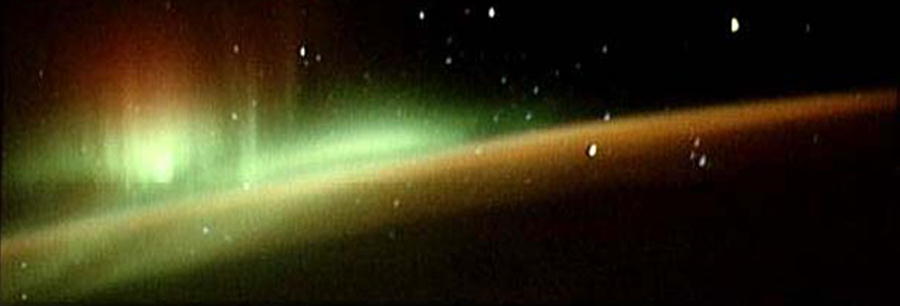| |
|
|
| |
|
|
|
|
|
|
| |
| |
| |
Principal Investigator : |
Ching Yun University |
|
| |
| |
Co-Investigator : |
Plasma and Space Science Center, NCKU |
|
| |
| |
|
| |
|
|
| |
Source and Transport Process for the Ring Current Evolution During Geomagnetic Storms |
|
| |
|
|
| |
A controversy exists as to whether the injections by successive intense substorms or the injections by the enhanced electric field associated with southward IMF plays a main role to energize ring current particles during the main phase of geomagnetic storms. It is known that most of the Dst behaviors can be reproduced by the parameters in the solar wind. However, satellite observations of the ring current constituents during geomagnetic storms show that ionospheric ions have important contribution to the energy density of the storm-time ring current. To solve parts of these problems, global simultaneous observations operated by multi-satellites are needed. Multi-observations of THEMIS (Time History of Events and their Macroscopic Interactions during Substorm) probes that traverse the inner magnetosphere can be applied to reveal the distribution of ring current energetic particles. IMAGE satellite can provide global shapes of equatorial energetic ions and variations of ionospheric ion outflow. In this proposed three-year project, we will investigate the evolutions of ionospheric outflow ions and equatorial ring current particles during geomagnetic storms and study the source and its transport process for the storm time ring current using multiple observations. Observations including energetic particle and magnetic field data from THEMIS and geosynchornous satellites GOES and LANL, upstream solar wind data from ACE, plasma and magnetic field data from GEOTAIL, and high resolution geomagnetic activity represented by AE and SymH/AsyH indices all should be coordinated. Current available multi-satellite measurements inside the magnetosphere will be applied to investigate the properties of outflow ions in the first year. We then focus on analyzing the IMAGE data to investigate the evolution of ring currents for strong geomagnetic storms in the second year. In the third year, the THEMIS data should be available to verify results of the above analyses. These results could provide us more understanding on the source and possible transport process of ring-current particles in geomagnetic storms.. |
|
| |
|
|
| |
Studying the transport mechanism and acceleration processes for MeV electrons during the storm time is the secondary objective of THEMIS mission. It is noted that the THEMIS mission consists of five identical probes and a network of ground-based stations. These five probes are distributed at between 0.3-30 RE in the equatorial plane. Three of the probes, which are deployed at 8-10 RE and traverse the inner magnetosphere, can be used to monitor magnetic disturbances produced by electric currents in the magnetosphere and provide an opportunity to reveal the distribution of ring current energetic particles. |
|
| |
|
|
| |
The source and its transport process for a storm time ring current will be investigated using multiple observations in this three-year subproject. Multi-satellite observations available on web will be applied to investigate the storm-time substorms in the first year. The characteristics of ionospheric outflow ions and equatorial ring current particles during geomagnetic storms using IMAGE data will be investigated in the second year. The deconvolution technique of energetic neutral atom images (Perze et al., 2000) is needed for the study. In the third year, when THEMIS data is available, ion injections directly driven by enhanced magnetospherical convections will be studied. It is anticipated that the characteristics of outflow ions by storm-time substorms, and the development of storm time ring current could be derived from the research collaborated with two other subprojects. |
|
| |
|
|
| |
|
|
| |
|
|
| |
|
|
|





